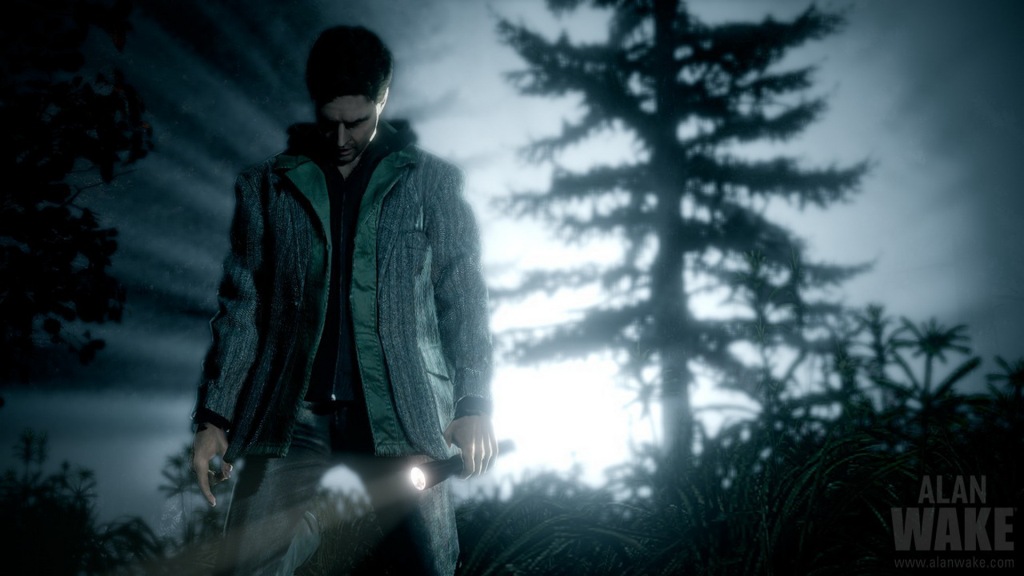Research shows that the extent to which one becomes engaged in a game narrative, influences the narrative’s potential to affect subsequent story-related attitudes and beliefs.
According to Rick Busselle and Helena Bilandzic (2009), similarly to flow, for someone to be narratively engaged in a game, the player him/herself must lose awareness and enter the story itself. The author breaks this concept down into four factors which are important for narrative engagement:
- Narrative understanding – This means that the game is easy to understand and that the audience should be unaware of the comprehension
- Attentional focus – The viewer should not be aware that he/she is focused
- Emotional engagement – Developing emotions for the characters of the game
- Narrative presence – This is the sensation of being present in the game and being involved in the story
In his paper, Raymond Mar (2004) also talks about the neuropsychology of the narrative which is the story comprehension, the story production and their interrelation, and Mar states that both the comprehension as well as the production of written and oral narratives are fundamental for our experience.
Furthermore, in another paper by Rick Busselle and Helena Bilandzic (2008), the authors state that the probability of enhancing our emotions and feel for the characters or the plot is increased when we know that the narrative is fictional and that the story and its characters are invented for our entertainment. (Toivio, 2016)
While playing Alan Wake, I experienced most of these elements. I became emotionally engaged to the protagonist and his wife in the first 30 minutes of the game when Alice (Alan’s wife) was dragged by an unknown force into the lake just after they had a fight and Alan jumped to save her. He ends up blacking out as he submerges from the water and finds himself in his broken car off-road with no recollection as to how he got there.
Alan makes his way to town to alert the authorities of his wife’s disappearance, but the sheriff tells him that there had been no island or a cabin for years, after it was engulfed by a volcanic eruption years before. At this point in the game, I felt involved, wanting to know how the story was going to unfold and the game had my full undivided attention. I also enjoyed the fact that the story brought into question Alan Wake’s sanity, which made me want to know more.
The narrative of the game was also quiet easy to understand and follow along. The game had a lot of cut-scenes, explaining the story as the game progressed and Alan himself would occasionally narrate his feelings to us or explain a new revelation he had found.
HOWEVER
Halfway through the game, I started to lose interest. I felt the game started to become repetitive and most of the story took place in the woods. The story and actions also became somewhat predictable, mainly because the manuscript pages that had to be located would pretty much reveal what was going to happen next.
While playing the game, I also failed to understand one major concept. The darkness wanted Alan to finish his story so that it could escape (whatever Alan wrote came to life), so what was confusing for me was the reason as to why the “Taken” (the ones controlled by darkness itself) were trying to kill Alan Wake. It was very contradictory and by knowing this, it made the game feel narratively disengaging.
Rick Busselle and Helena Bilandzic (2009) states that there are a number of factors that can interfere with engagement, including plot flaws, inconsistent behaviour, inconsistent portrayal of the real world or even the genre of the game.
References
Busselle, R. and Bilandzic, H. (2009). Measuring Narrative Engagement. [online] Hypermedia468.pbworks.com. Available at: http://hypermedia468.pbworks.com/w/file/fetch/80687372/measuring%20narrative%20engagement.pdf [Accessed 28 May 2018].
Mar, R. (2003). The neuropsychology of narrative: story comprehension, story production and their interrelation. [online] Yorku.ca. Available at: http://www.yorku.ca/mar/mar%202004_neuropsychology%20of%20narrative.pdf [Accessed 28 May 2018].
Toivio, O. (2016). PSYCHOLOGICAL TRIGGERS IN VIDEO GAMES. [online] Jyx.jyu.fi. Available at: https://jyx.jyu.fi/bitstream/handle/123456789/51380/URN:NBN:fi:jyu-201609164128.pdf?sequence=1 [Accessed 28 May 2018].
